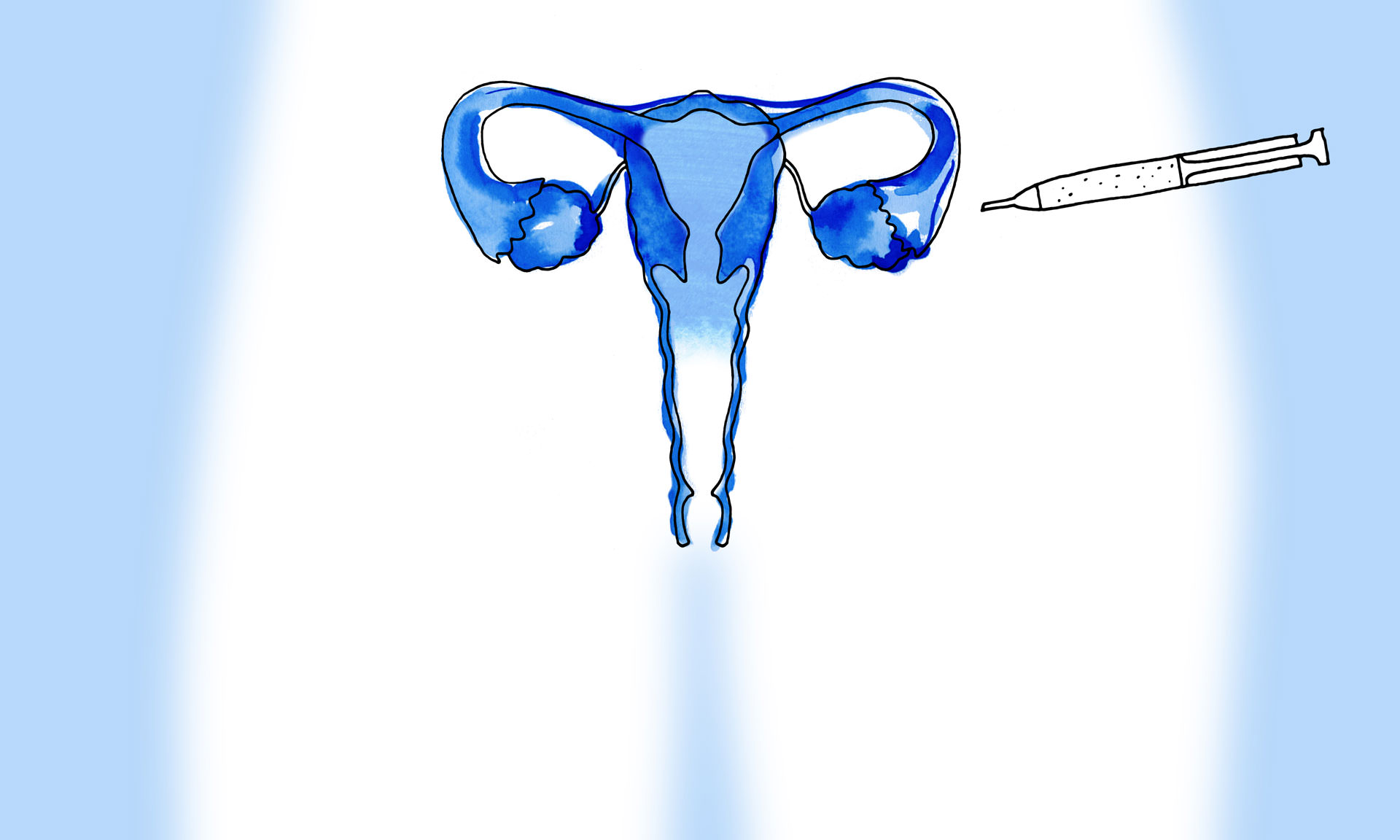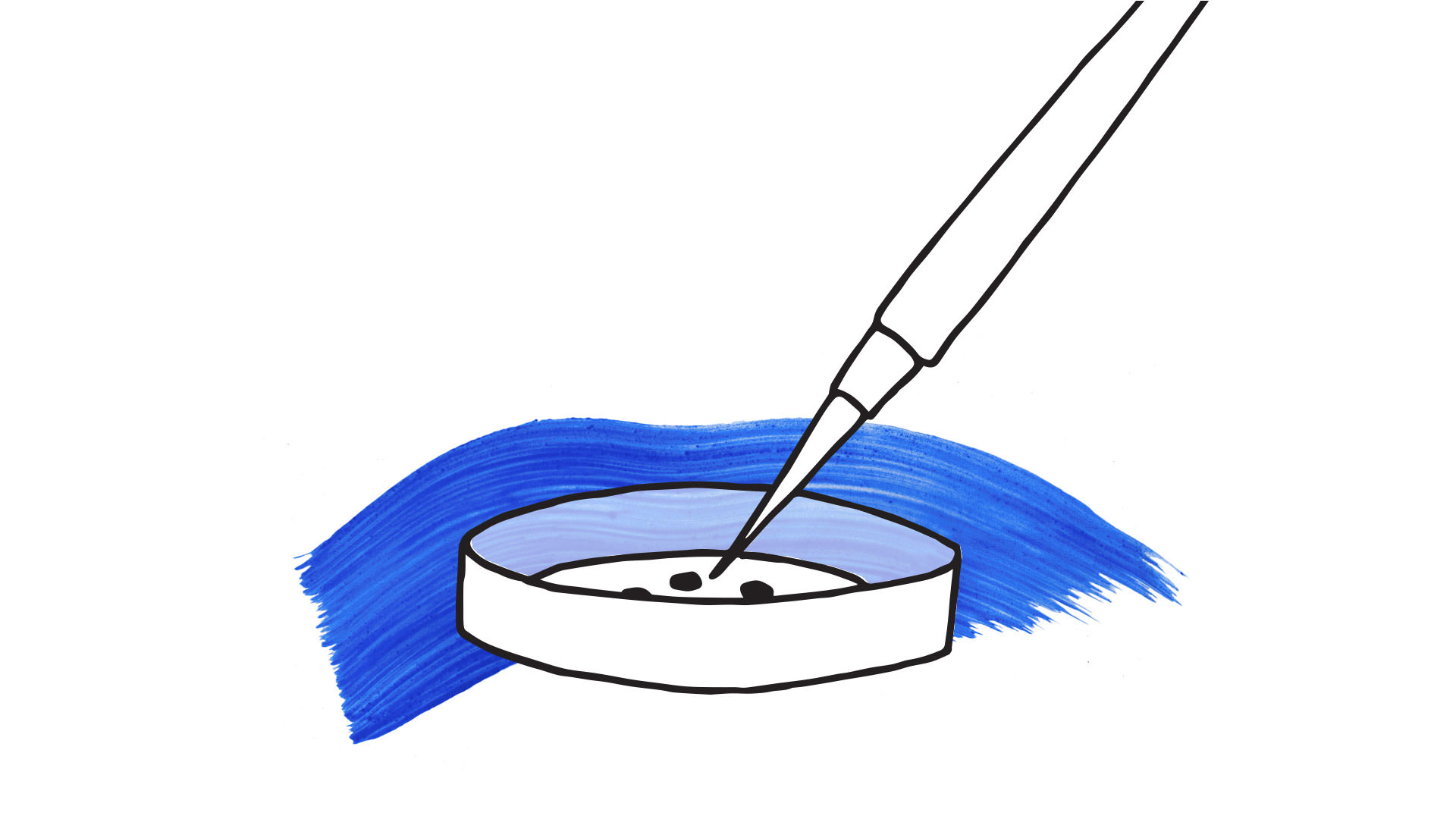2 February, 2024
Wanting but not being able to
There is a word that clearly defines the workings and dynamics of the HC Fertility centre: humanity.
[Continue reading ]Book now

This technique is aimed at couples of women in whom both participate in the IVF process, using a sample of donor semen with physical characteristics and blood group like those of the couple. It is indicated therefore for couples of homosexual women.


It is necessary to obtain several ovules in the same cycle to increase the chances of pregnancy. The stimulation is carried out, in one of the women of the couple, through the administration of injections and several ultrasounds in our center to control the follicular development. The duration of the process is usually between 8 and 12 days, although it depends on the response of each patient.


The collection of oocytes is carried out by means of a transvaginal puncture under ultrasound control. The intervention normally lasts about 15 minutes and is performed under sedation. The patient will be able to leave after a rest of 2 hours.


The oocytes obtained are taken to the IVF laboratory and are prepared to be inseminated. In parallel, the donor semen is prepared to improve and increase its fertilizing capacity. The insemination will be done selecting those sperm with the best morphology and mobility. Here according to each case, we can do a classic IVF (placing the ovules or oocytes on a plague and leaving them in contact with the sperm) or do an ICSI, that is, introducing a single sperm in each of the obtained ovules.
The fertilized oocytes are confirmed the next day. From that moment, the embryos are kept in the type of culture suitable for their development. The embryos can remain in culture for 3 to 6days and depending on when transferred at the cell or blastocyst stage.
If the embryos have a thick membrane, embryologists may recommend assisted hatching, that is, decrease the thickness of the membrane and thus facilitate the embryo’s exit from its outer shell and adhere to the lining of the uterus so that implantation can occur.


Parallel to the process of ovarian stimulation, the other woman of the couple is given a medication that helps achieve a sufficient thickness of the endometrium, which is very important for the implantation of the embryo to take place. In this way the endometrium will be ready for the moment of transfer.
According to each particular case, the moment of the transfer of the embryos to the maternal womb will be decided. Depending on the characteristics of the embryos and the endometrium,doctors and embryologists will advise you on the most appropriate day and time. The transfer is done vaginally and does not require anesthesia, being a painless technique.
Two weeks after the transfer, a pregnancy test is performed. If the result is positive, our doctor will continue to monitor you until there is a fetal heartbeat, after which you will be referred to your obstetrician.

2 February, 2024
There is a word that clearly defines the workings and dynamics of the HC Fertility centre: humanity.
[Continue reading ]24 November, 2023
Oocyte donation is an altruistic, confidential, and financially compensated act, in which a woman gi
[Continue reading ]